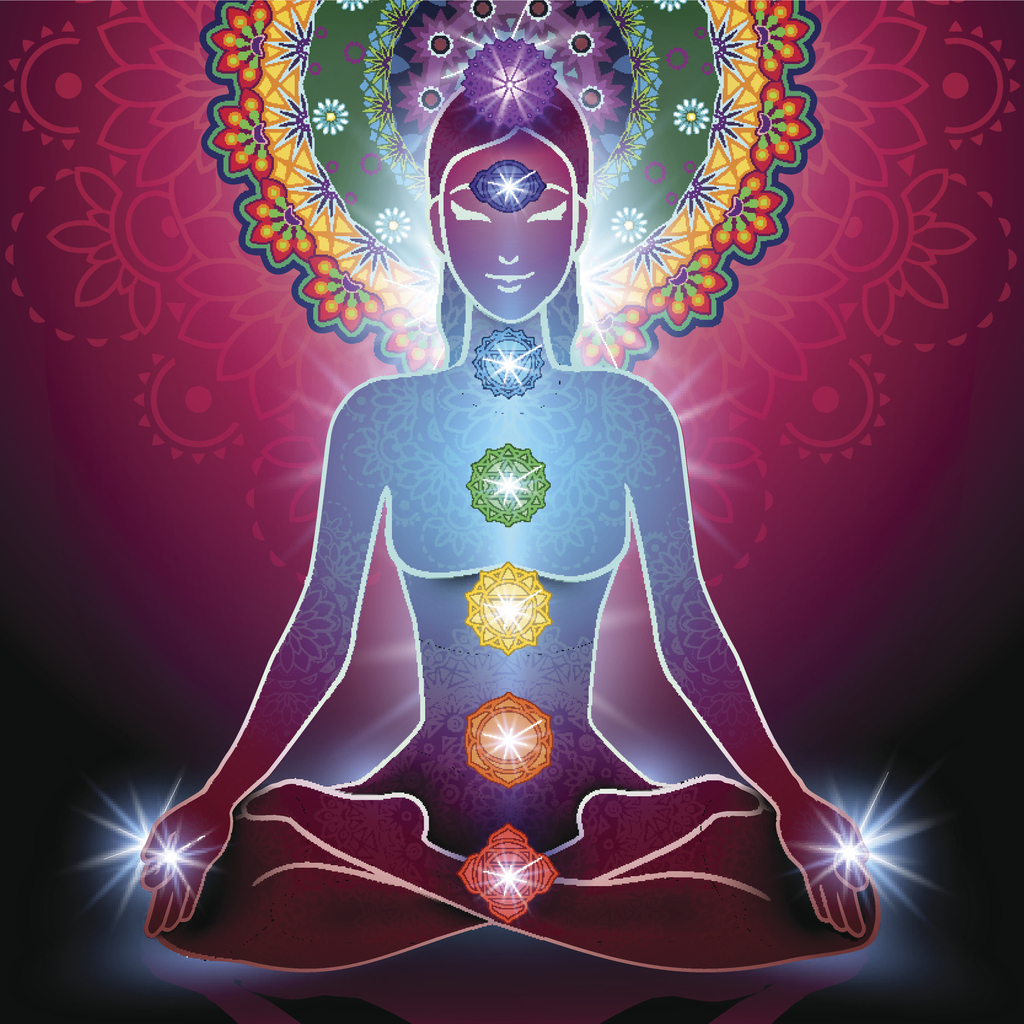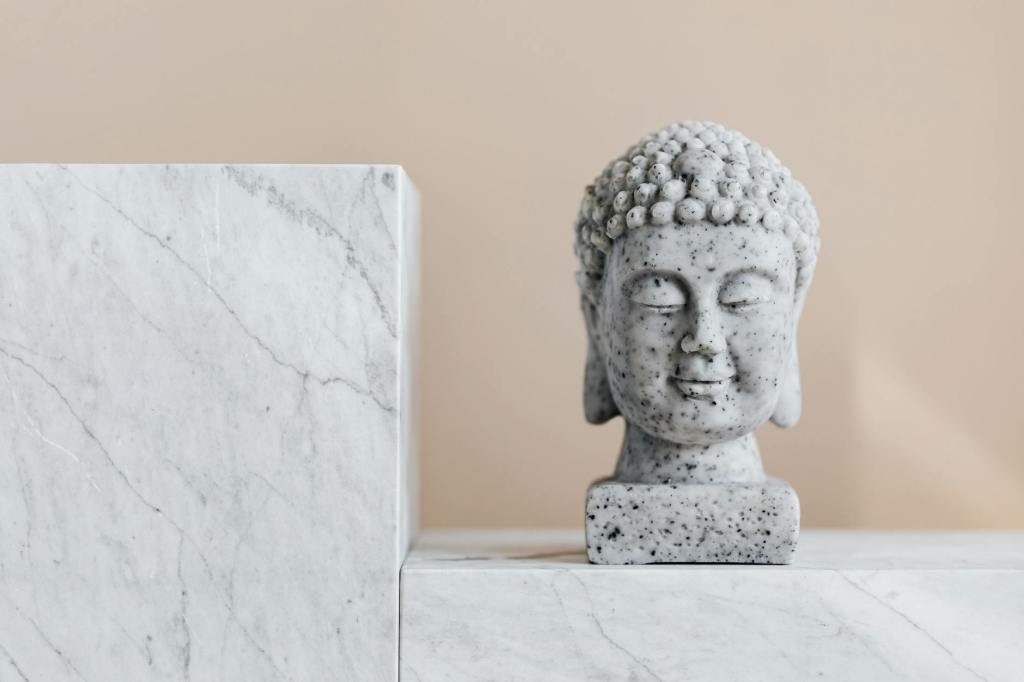Category: Advanced Meditation Techniques


Kundalini Awakening Event: Inner Balance and Harmony
This event, which you can follow from home, is designed to help you work on balancing body and mind. You can proceed at your own pace, with a clear focus on three foundational exercises you can practice daily leading up to February 22.

Five Questions About Kundalini Awakening: Discovering the Power of Inner Energy
Kundalini awakening is a profound spiritual process regarded by many traditions as transformative and enlightening. But what is Kundalini really? How can it impact our lives? And what role does it play on a spiritual path? In this article, we answer five essential questions about Kundalini awakening to provide a deeper understanding of this powerful inner energy and its role in personal and spiritual growth.

Kundalini Awakening: Safe Preparations
Kundalini awakening is a powerful, transformative journey and proper preparation can help create a safe and meaningful experience. The following practices — meditation, breathwork and a foundational yoga posture — can help cultivate inner awareness and balance, setting a strong foundation for your Kundalini journey.

Kundalini: Serpent of Inner Transformation
In Kundalini tradition, the energy is often represented as a sleeping, coiled serpent at the base of the spine, ready to awaken and rise. This image of the serpent has deep roots in ancient spiritual traditions and symbolizes latent power, transformation and inner wisdom. Here, the serpent is more than just a symbol; it represents the life force within us, waiting to propel us to higher levels of consciousness.

Kundalini Awakening: Journey to Inner Light and Transformation
Kundalini awakening is a powerful spiritual experience that connects us with a deeper sense of inner light and awareness. Often visualized as a coiled energy at the base of the spine, Kundalini can rise up through the body, activating energy centers or chakras, along the way. This awakening can bring profound changes in our consciousness and a clearer sense of self and purpose.

Connecting with your Inner Light
Meditating on the inner Light helps you connect more deeply with your true self. This Light can sometimes appear spontaneously, during moments of silence or peace, but it can also be consciously evoked through meditation. Additionally, initiation by a teacher can help deepen this experience.

Initiation: Transmission of Inner Light and Sound Through Traditional and Modern Paths
Initiation into the inner Light and Sound has been a foundational aspect of spiritual practices across various traditions for centuries. Traditionally, this sacred transmission was passed down from guru to disciple, with the spiritual teacher guiding the seeker through their journey. Today, however, initiation into these experiences is not always confined to the traditional path and is often reported to occur spontaneously or remotely, facilitated by various spiritual organizations.

Beyond the Mind
The journey of meditation often leads to profound experiences of transcending the mind—reaching a state that is beyond the limitations of thought, emotion and personal identity. Meditation on the inner Light and Sound is one such method that has been described by many mystics and spiritual leaders, including Guru Nanak, as a path to go beyond the mind and connect with higher spiritual dimensions.

Exploring inner Sound Meditation: Nada Yoga and Shabd Yoga
Inner sound meditation, encompassing practices such as Nada Yoga and Shabd Yoga, is an ancient and profound approach to achieving mental clarity, spiritual growth and a deeper connection with the self and the universe. These practices utilize sound and vibration as tools for meditation, leading practitioners on a journey toward inner peace and enlightenment.

Mantras: The Power of Sound
A mantra is a word, sound, or series of words that are chanted or recited repeatedly during meditation and spiritual practices. The purpose of a mantra is to calm the mind, focus attention, and achieve a deep state of consciousness. Mantras have their origins in ancient spiritual traditions such as Hinduism, Buddhism, and Jainism and are often regarded as sacred sounds with the power to transform and heal the practitioner.
